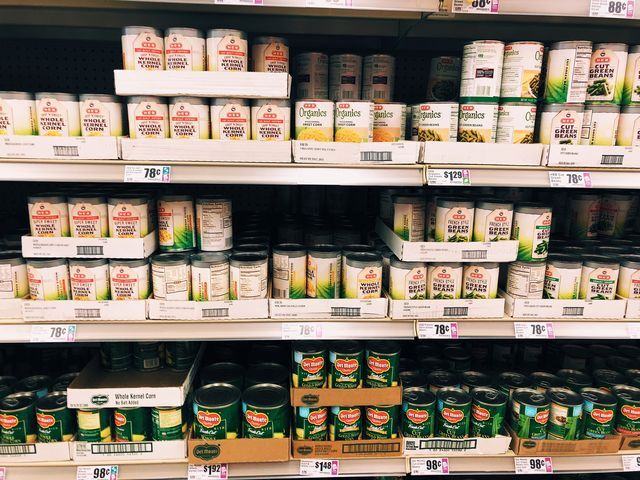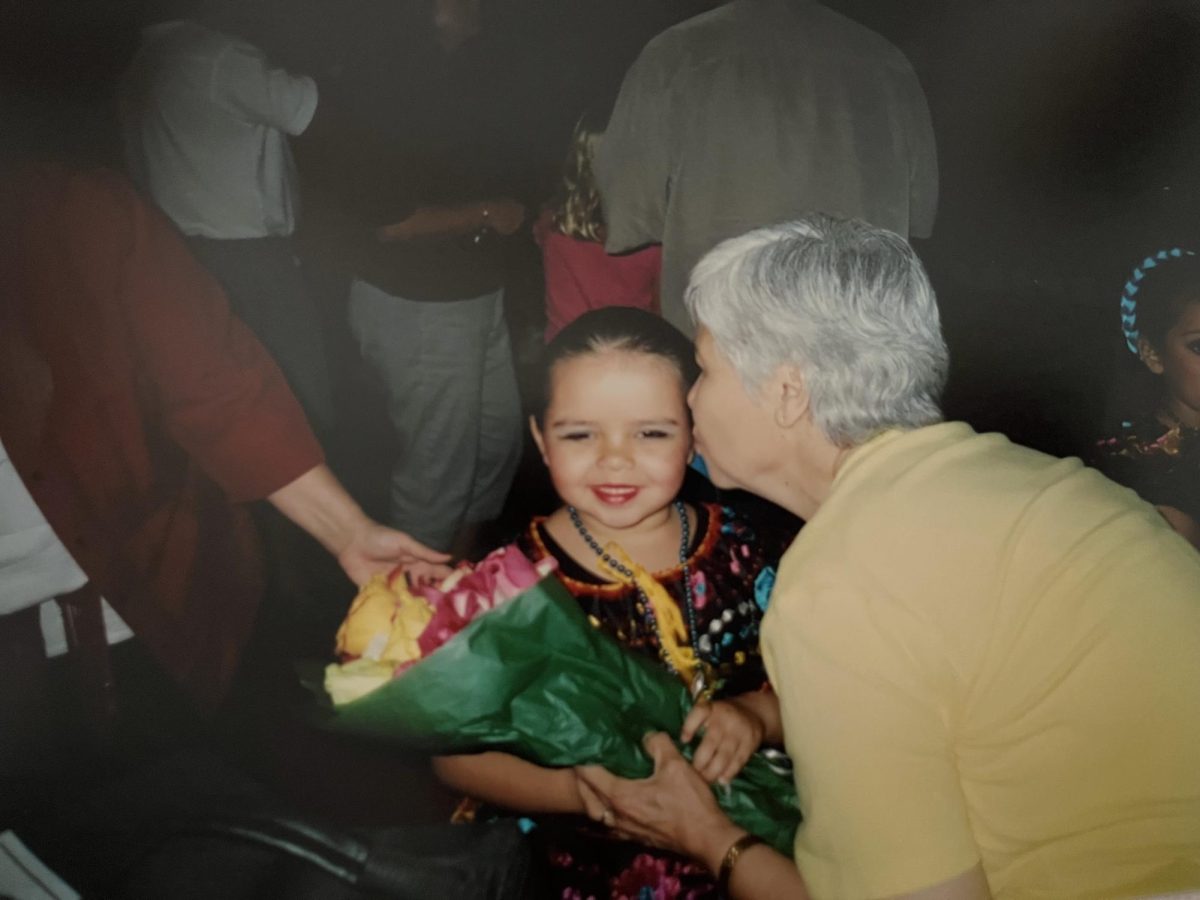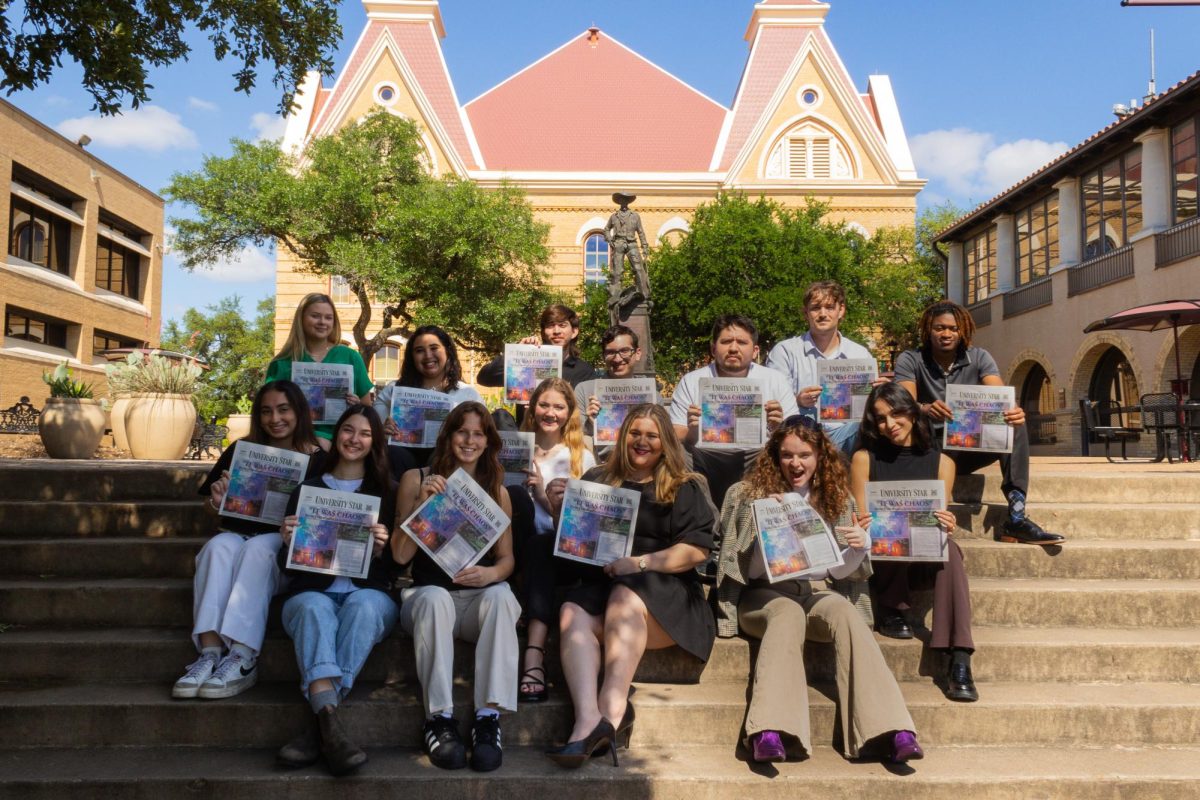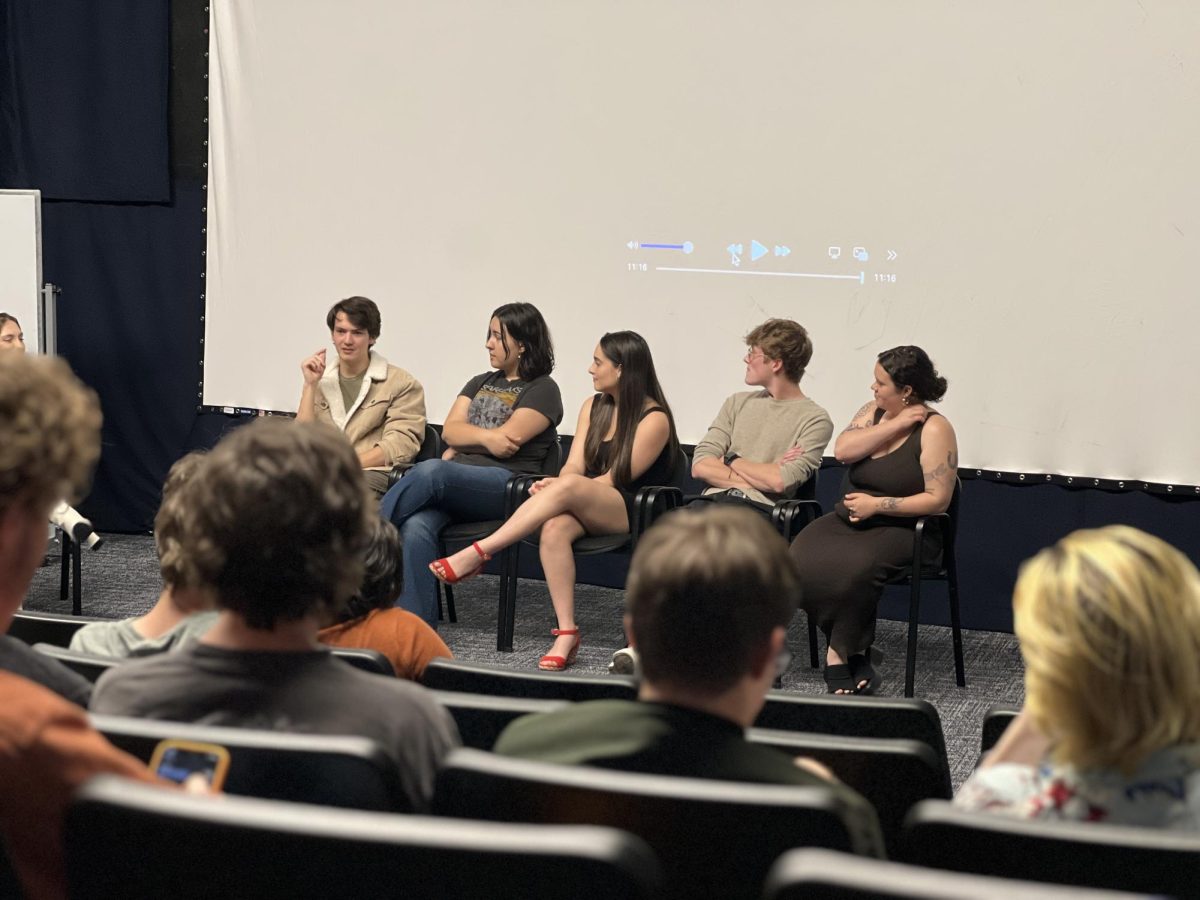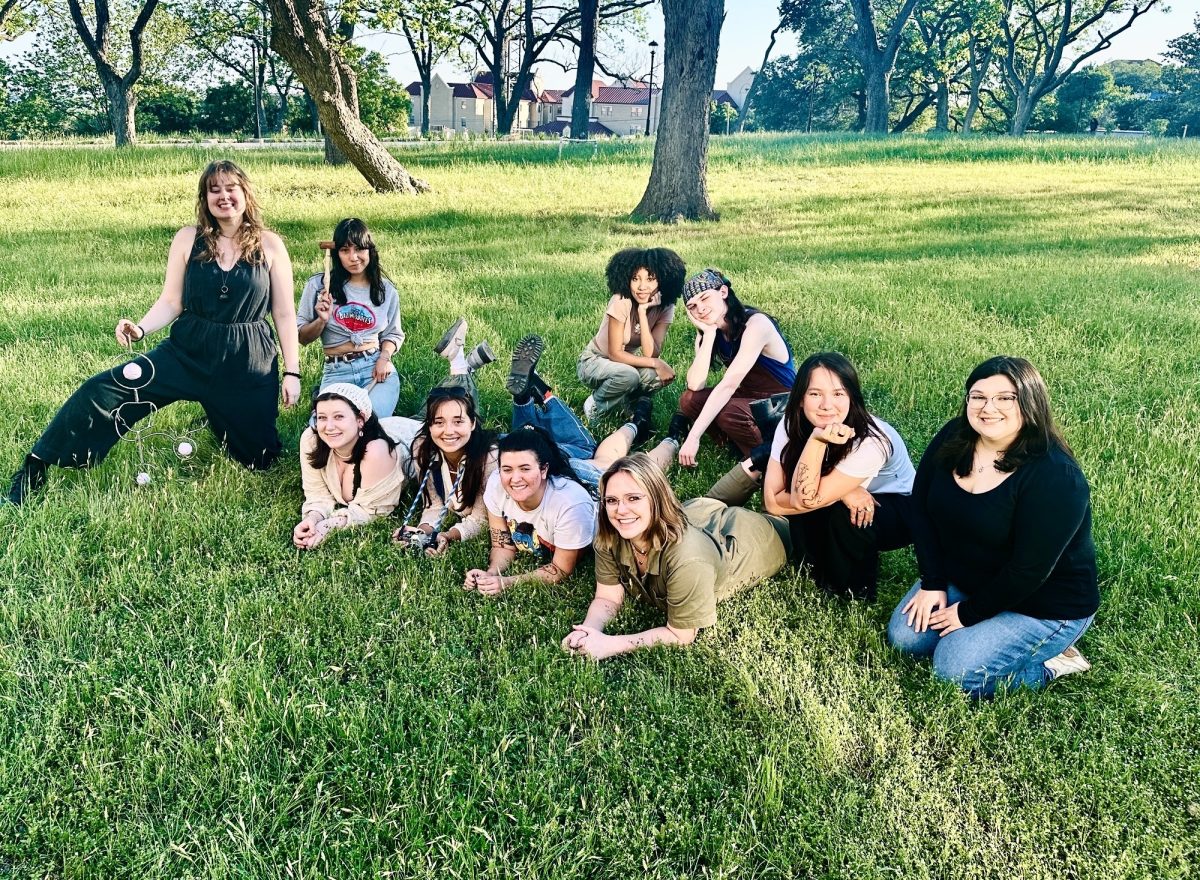As the population of San Marcos and surrounding towns continue to grow, more and more families are becoming victims to food insecurity. Child hunger is a national crisis, and the children within the San Marcos community are among the most impacted.
To live in a household considered to be food insecure means to frequently not have enough food and constantly wonder where and when the next meal will come. Child hunger is an issue commonly affecting low-income families.
Mallory Best, communications coordinator for the Hays County Food Bank, said about 70 percent of children in the San Marcos school district qualify for free or reduced lunch.
According to the United States Department of Agriculture (USDA), children who come from homes where the income is at or below 130 percent of the federal poverty guidelines receive free lunch from public schools. Children whose family’s income falls between 130 percent and 185 percent of the federal poverty guidelines pay a reduced price for school lunch.
Best said families whose children qualify for free or reduced lunch also qualify for services provided by the Hays County Food Bank. Additionally, the main reason child hunger is so common in the San Marcos area is because of the rate at which the city is growing.
“San Marcos is one of the fastest growing cities in America,” Best said. “Food insecurity happens when a lot of people live in one area, especially so fast.”
She said the way income levels are split over a large population causes an increase in lower-income jobs.
To help families affected by food insecurity, the Hays County Food Bank holds public food distributions every week. The time and place of each food distribution can be found on their website.
“We serve anywhere from 750 to 900 households a week,” Best said.
In addition, the food bank has a mobile pantry in collaboration with Central Texas Food Bank, where they distribute food at 8:30 a.m. on the first Tuesday and the third Thursday of every month at Rattler Stadium.
Furthermore, Hays County Food Bank has created the Backpack Program, which distributes food to low-income students in the San Marcos area twice a month. Each student who participates in the program receives a few fresh apples, a box of granola bars, a can of ravioli, a jar of peanut butter and jelly and a pack of tuna fish. This program was established to provide students with a meal when they are unable to have one at home.
Several Texas State organizations affiliated with the National Pan-Hellenic Council are hosting a food drive to join the fight against child hunger.
Amber Alston, communication studies junior, is the historian for Sigma Gamma Rho. Alston said the NPHC organizations decided to host a food drive because of the alarming food insecurity statistics in the San Marcos area.
“Throughout the stretch from Austin to San Antonio, San Marcos is the city with the highest rate of child hunger,” Alston said. “We really want to see a change and decrease in the amount of food insecurity.”
To donate to the NPHC food drive, visit the Fraternity and Sorority Life Office in LBJ room 4-14.1. The last day to contribute to the food drive is March 6.
In addition to donating to the NPHC food drive, students can donate to local food banks as well, like the Hays County Food Bank directly.
Students can donate any amount online at the Hays County Food Bank website. Every dollar donated provides four meals to San Marcos residents affected by food insecurity.
Additionally, students can purchase wish-list items off the Hays County Food Bank’s Amazon page or personally donate to the food bank by bringing in non-perishable and fresh food items.
Ashlyn Brosch, exploratory freshman, said she volunteered at the food bank because she thought it would be a great opportunity to help her new community.
Brosch said although volunteering is hard work, it is a memorable experience. She encourages others to find time to volunteer at local food banks because there are a lot of families and people in the area that are in need.
“Even though this is a college town, there are actual families that live here,” Brosch said. “They are part of our community and if they need help, we need to help them.”
Food is a necessity everyone needs to survive, yet is something many are unable to attain. Those that have access to more resources than others are encouraged to join the fight against food insecurity and help put an end to child hunger.
To learn more ways to help combat food insecurity in the San Marcos area, visit the Hays County Food Bank website.







